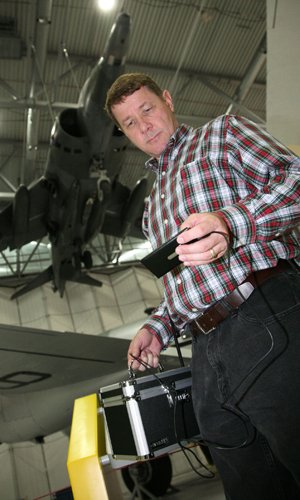Nokia's indoor location

The Finnish mobile phone manufacturer Nokia is working on a new positioning technology without GPS using the so-called “white space” - the unused frequency spectrum reserved for the television signal. A consortium of IT and TV companies, such as Microsoft, Samsung, BBC, participates in the development of the company.
Scott Probasco, one of Nokia’s top managers, demonstrated a Nokia N9 prototype device connected to a small box (a high-frequency receiver with a controller capable of determining free frequencies in a TV signal) at the Imperial Military Museum of Cambridge, where the company's specialists installed a number of transmitters signal operating at frequencies of "white space". As a result, it turned out that the prototype works quite successfully - the device could confidently locate Probasco and transmit information about the exhibit that he was currently examining to his smartphone. Allegedly, the accuracy of the positioning was 10 meters.
The commercial benefit from the use of new technology is assessed by Nokia managers as the possibility of creating automatic guides, advertising, and increasing the efficiency of visitors to shopping centers and other large buildings through it, as they are able to quickly find a company or store of interest in a huge building where GPS does not work.
Interestingly, in this case, Nokia intends to implement in its devices a function that telecommunications companies in the United States became interested in about four years ago, intending to use the “white space” to access the Internet. In 2010, the Federal Communications Commission approved the use of free TV signal frequencies, but no device on the market has ever appeared. Nokia plans to realize indoor positioning by 2015.
')
[ Source ]
Source: https://habr.com/ru/post/143027/
All Articles